calsfoundation@cals.org
De Queen (Sevier County)
County Seat
| Latitude and Longitude: | 34º02’16″N 094º20’29″W |
| Elevation: | 420 feet |
| Area: | 6.00 square miles (2020 Census) |
| Population: | 6,105 (2020 Census) |
| Incorporation Date: | July 9, 1897 |
Historical Population as per the U.S. Census:
|
1810 |
1820 |
1830 |
1840 |
1850 |
1860 |
1870 |
1880 |
1890 |
1900 |
|
– |
– |
– |
– |
– |
– |
– |
– |
– |
1,200 |
|
1910 |
1920 |
1930 |
1940 |
1950 |
1960 |
1970 |
1980 |
1990 |
2000 |
|
2,018 |
2,517 |
2,938 |
3,055 |
3,015 |
2,859 |
3,863 |
4,594 |
4,633 |
5,765 |
|
2010 |
2020 |
|
|
|
|
|
|
|
|
|
6,594 |
6,105 |
|
|
|
|
|
|
|
|
De Queen, a railroad town founded just a few years before the start of the twentieth century, is the county seat of Sevier County and also the county’s largest city. De Queen is located at the intersection of two major U.S. highways: U.S. 71, which runs north to south, and U.S. 70, which runs east to west.
Post Reconstruction through the Gilded Age
De Queen owes its existence to the arrival of what eventually became the Kansas City Southern Railroad, which connects Kansas City, Missouri, with Gulf Coast ports at Port Arthur, Texas. The railroad was the vision of Arthur E. Stilwell, a Kansas City businessman who wanted to build a line from Kansas City to the Gulf of Mexico and create a link to markets around the world. Stilwell ran out of money in the Panic of 1893. With no investment capital to be found, he made a trip to Holland, where he met Jan de Goeijen, a coffee merchant. With de Goeijen’s help, Stilwell sold an additional $3 million worth of stock, enabling him to finish the railroad.
In Sevier County, the railroad ran through a settlement called Hurrah City. Stilwell was also president of Arkansas Townsite Company, a Missouri corporation that owned land around the settlement. The company sent in surveyors to mark off blocks, streets, and alleys for the town. On opening day, April 26, 1897, a large crowd showed up and bought the lots, which were priced at $25 and up. This town was named De Queen, an Americanized rendering of de Geoijen’s name. De Queen was formally founded on June 3, 1897, when a petition signed by forty-two residents asked County Judge Ben Norwood to incorporate the new town. D. Henry Harris was the town’s first mayor, and John G. McKean was recorder. W. E. Dicus, who had a peg leg, was the town’s first marshal.
The railroad offered transportation for residents of the area and a means to ship crops and produce to distant markets. Freight shipped from De Queen by train included peaches, vegetables, lumber, honey, and barrel staves.
The De Queen Bee was established in 1897 and continues to serve the area.
On October 1, 1899, a fire broke out in downtown De Queen and destroyed fifty-four businesses that had been housed in wooden buildings. Despite the efforts of the town’s citizens, within three hours the town was devastated. Following the disaster, the town built a brick factory and worked to rebuild the town with sturdier, fire-resistant materials.
Early Twentieth Century
In 1900, the Kansas City, Pittsburg and Gulf Railroad went into receivership and was reorganized as the Kansas City Southern Railway Company (KCS). In 1909, the railroad built a roundhouse and shop at De Queen. The KCS offered passenger service until November 3, 1969.
Herman Dierks of Lyons, Iowa, the son of a German immigrant, purchased the Williams Brothers sawmill and timberlands in De Queen in 1900. After a fire destroyed the first mill, the Dierks Lumber and Coal Company built a modern mill and began acquiring more timberland. It also practiced selective cutting and reforestation, buying up unproductive farms and replanting with pine trees. The company developed the shortline DeQueen and Eastern Railroad, chartered in 1900, to transport the timber to the mills and link with other mills; it even provided some passenger service. The line was pushed east to Dierks (Howard County) and, in 1921, connected with the Texas, Oklahoma and Eastern Railroad extending to Valliant, Oklahoma.
The Dierks Lumber and Coal Company provided employment to thousands of residents of southwest Arkansas and southeast Oklahoma. It also operated a company store in downtown De Queen.
The seat of government for Sevier County was moved from Lockesburg to De Queen in 1905. After the county quorum court made an appropriation of $25,000 to build a new courthouse at Lockesburg, De Queen merchants offered to build a $10,000 building in De Queen if the seat of justice were moved there. Voters approved moving the courthouse to De Queen in a special election in March 1905.
The first sign of the poultry industry in the area was the opening of a large-scale hatchery in the 1920s. Major poultry corporations arrived in the middle of the twentieth century.
World War II through the Modern Era
In 1969, after developing the timber industry in Oklahoma and Arkansas, the Dierks forest products empire was acquired by Weyerhaeuser. In the early twenty-first century, Weyerhaeuser closed its De Queen Treating Plant as well as other mills in Arkansas and Oklahoma.
In 1975, De Queen’s leaders donated land for the State of Arkansas to build a new trade school called Cossatot Vocational-Technical School. Walter Leeper, a native of Sevier County who had retired from an education career in Oklahoma, was the first director. Later, the school took advantage of new state legislation authorizing the formation of technical colleges and became Cossatot Technical College. In 2000, the school joined the University of Arkansas System, becoming Cossatot Community College of the University of Arkansas (CCCUA). Today, CCCUA offers two-year associate degrees and a number of technical programs and has branch campuses in Nashville (Howard County) and Ashdown (Little River County).
Sevier County saw a major demographic shift in the 1990s with a wave of Hispanic immigration. Many immigrants were drawn to work offered by poultry companies. According to the 2010 census, 3,531 (53.5%) of the city’s 6,594 citizens are Hispanic.
De Queen’s public schools offer education for grades K–12, and the school is accredited by the North Central Association.
Attractions
Herman Dierks Park was created in De Queen in 1954 when Dierks Lumber and Coal Company offered the City of De Queen 10.25 acres of land where the company had operated a sawmill. Acquisitions and more gifts from the Dierks family have increased the size of the park to forty-five acres. Building Herman Dierks Park was a community effort. Mayor James T. Manning proclaimed a work day and asked volunteers to clean the new park so improvements could be made. Many workers supplied their own tools, and heavy equipment was provided by Sevier County. Industries operated split shifts so that employees could help with the effort. The Herman Dierks Park Foundation supported the park with annual donations after the park was finished.
A second city park, the Hwy. 70 West Sportsplex, was built in the early 1990s on forty acres of city property.
The Sevier County Historical Museum is located on Walter J. Leeper Drive in De Queen. Exhibits include historical artifacts, an antique village with miniature replicas of early county landmarks, a 1940s house, and the Collin Raye Birthplace Museum.
De Queen is one of nineteen locations in Arkansas where Depression-era post office art may be viewed. De Queen also has a commercial historic district which was added to the National Register of Historic Places in 2012. The De Queen and Eastern Railroad Machine Shop and the Bishop Brookes House are also listed on the National Register.
Industry
Pilgrim’s Pride operates a large poultry-processing plant in De Queen and a hatchery nearby, making it the county’s largest employer. Sevier County produced more than 50 million broilers in 2005.
In the late 1980s, Poulan-Weed Eater opened a satellite of its Nashville (Howard County) assembly plant in a vacant building in De Queen. The company later became Husqvarna Outdoor Products, making gas and electric blowers, string trimmers, and chainsaws. At the beginning of the twenty-first century, the plant was the largest producer of gas chainsaws in the world. The facility was consolidated with the one in Nashville in June 2010, with chainsaws produced in Nashville, while the De Queen building was used as a warehouse. This warehouse itself was closed in 2017.
The J. Lynn Helms Sevier County Airport, located west of De Queen, is named in honor of the Sevier County native who was administrator of the Federal Aviation Administration under President Ronald Reagan.
Famous Residents
Otis Wingo and his wife, Effigene, both served in the United States House of Representatives. Their home in De Queen is listed on the National Register of Historic Places.
Country music star Collin Raye was born into a musical family in De Queen on August 22, 1960 (or 1959), as Floyd Elliott Wray. He achieved success in the country music industry in 1991 with a ballad called “Love, Me.” In 1992, the De Queen City Council renamed Hwy. 70 in De Queen as Collin Raye Drive. In appreciation, Raye performed an annual homecoming concert in De Queen to raise money for local charities.
For additional information:
De Queen/Sevier County Chamber of Commerce. https://www.dequeenchamberofcommerce.net/ (accessed May 18, 2022).
Hill, David. “In the Pit with the Fighting Roosters.” The Ringer, July 10, 2018. https://www.theringer.com/2018/7/10/17538780/cockfighting-ring-arkansas-ice-donald-trump (accessed May 18, 2022).
Hoofman, Judy. De Queen Centennial History, 1897–1997: A Photographic History of the City of De Queen Arkansas. De Queen: Looking Glass Media, 1997.
McCommas, Betty. The History of Sevier County and Her People. Dallas, TX: Taylor Publishing Company, 1980.
Nelson, Rex. “Big Ventures in a Small Town.” Arkansas Democrat-Gazette, July 14, 2019, pp. 1H. 6H.
Sevier County Historical Society Museum. De Queen, Arkansas.
Billy Ray McKelvy
De Queen, Arkansas
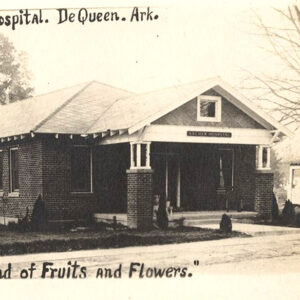 Archer Hospital
Archer Hospital  De Queen Chamber of Commerce
De Queen Chamber of Commerce 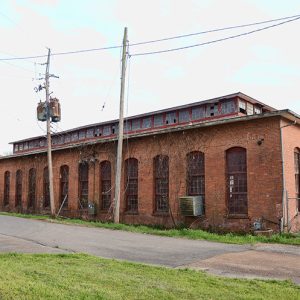 De Queen and Eastern Railroad Machine Shop
De Queen and Eastern Railroad Machine Shop 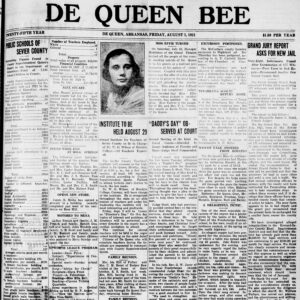 De Queen Bee
De Queen Bee 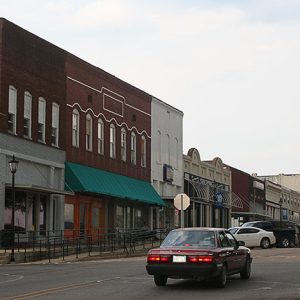 De Queen Commercial Historic District
De Queen Commercial Historic District 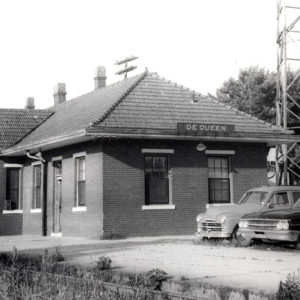 De Queen Depot
De Queen Depot 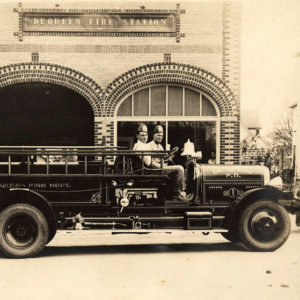 De Queen Fire Department
De Queen Fire Department 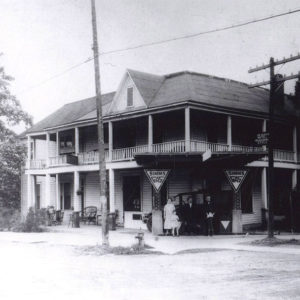 De Queen Hotel
De Queen Hotel 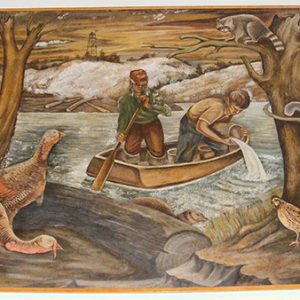 De Queen Post Office Art
De Queen Post Office Art 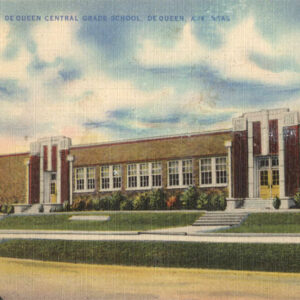 De Queen School
De Queen School  De Queen Street Scene
De Queen Street Scene 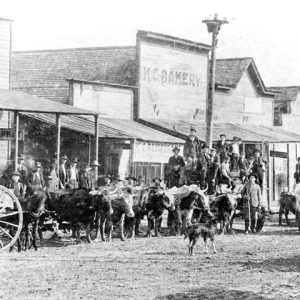 De Queen Street Scene
De Queen Street Scene  Dierks Mill
Dierks Mill  Fort Towson Trail Marker
Fort Towson Trail Marker  "Little Rock," Performed by Collin Raye
"Little Rock," Performed by Collin Raye 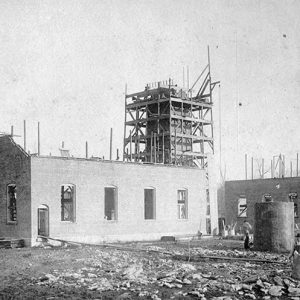 Prairie Oil and Gas
Prairie Oil and Gas 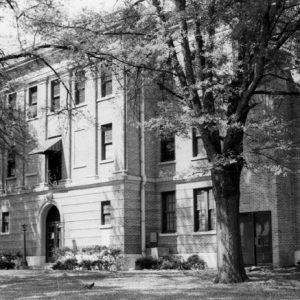 Sevier County Courthouse
Sevier County Courthouse 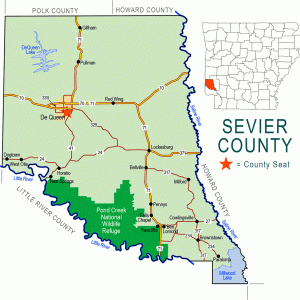 Sevier County Map
Sevier County Map 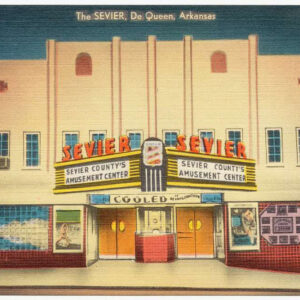 Sevier Theater
Sevier Theater 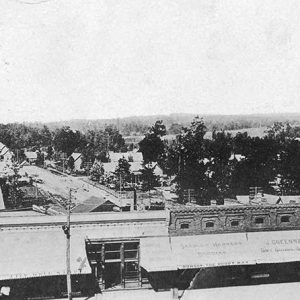 Upper DeQueen Avenue
Upper DeQueen Avenue 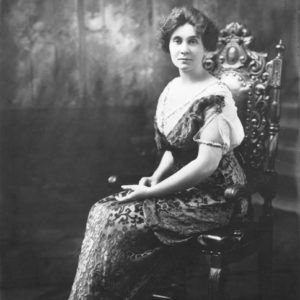 Effiegene Wingo
Effiegene Wingo 




Comments
No comments on this entry yet.